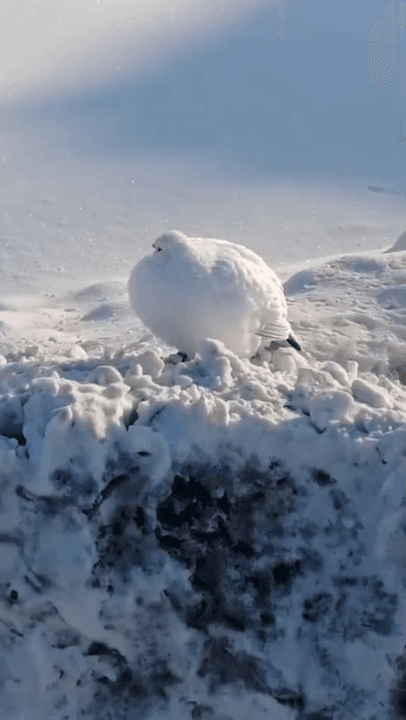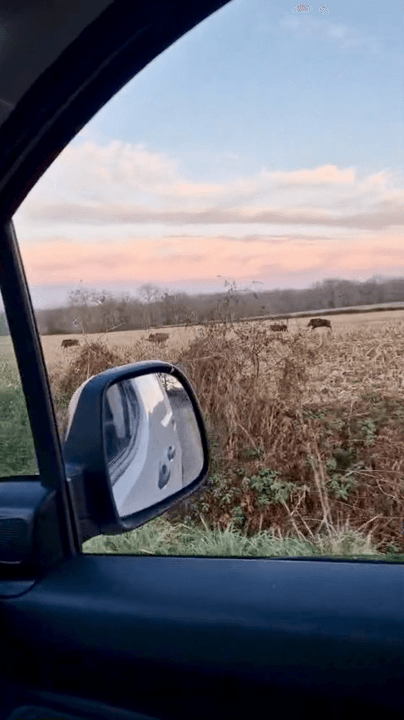
Alla Scoperta della Caccia in LOMBARDIA: Tradizioni Centenarie, Specie Selvatiche e Tecniche Venatorie tra Alpi, Pianure e Zone Lacustri Caratteristiche geografiche e naturali della regione dal punto di vista venatorio La Lombardia, situata nel nord Italia, offre un territorio estremamente vario che va dalle Alpi Retiche e Orobie alle pianure del fiume Po, fino alle zone lacustri come il Lago di Como, il Lago Maggiore e il Lago d'Iseo. Questa diversità ambientale crea habitat ideali per una vasta gamma di specie selvatiche, rendendo la regione una delle più interessanti per la caccia in Italia. Le zone montane sono popolari per la caccia agli ungulati come cervo, capriolo e camoscio, mentre le pianure e le zone umide attirano cacciatori di selvaggina minore come fagiani, lepri e anatre. Demografia dei Cacciatori: Un Focus su Numero, Età, Sesso Secondo i dati di Federcaccia Lombardia, la regione conta circa 62.000 cacciatori attivi, uno dei numeri più alti in Italia. La maggior part
Post: 12 May 13:36












































